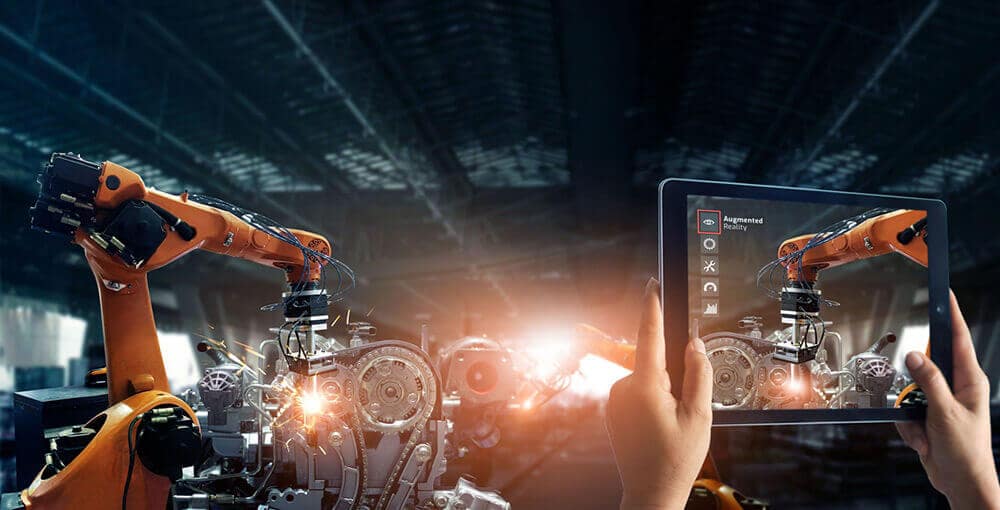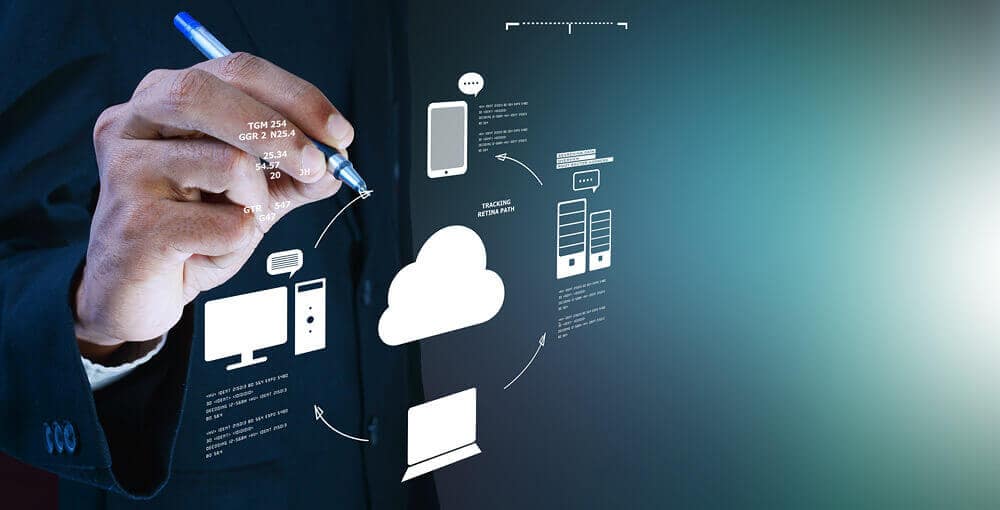Automation Services
Leave the busy work to our robust robots
59% of Fortune 500 companies are currently automation companies.
AI and automation services leveraging Robotic Process Automation (RPA) and Artificial Intelligence (AI) are designed to streamline and optimize business processes by reducing manual effort and enhancing efficiency. Here's a detailed look at both:

Robotic Process Automation (RPA)
RPA involves using software robots or "bots" to automate highly repetitive and routine tasks traditionally performed by human workers. These tasks often include data entry, transaction processing, and administrative tasks that follow clear, rule-based processes. Key features of RPA include
Task Automation
Automates mundane tasks such as copying and pasting data, filling out forms, and processing transactions.
Non-invasive Integration
Works on top of existing IT infrastructure without requiring significant changes.
Speed and Accuracy
Performs tasks faster and with fewer errors compared to humans.
Scalability
Can easily scale operations up or down based on demand.
Artificial Intelligence (AI)
AI automation involves using machine learning, natural language processing, and other advanced techniques to handle more complex tasks that require decision-making, pattern recognition, and understanding human language. Key applications of AI in automation include:
Cognitive Automation
Enhances RPA by adding the ability to handle unstructured data, such as emails or documents, and make decisions based on contextual understanding.
Predictive Analytics
Analysis historical data to predict future trends and behaviours, helping in proactive decision-making.
Natural Language Processing (NLP)
Automates interactions with customers or employees through chatbots and virtual assistants, capable of understanding and responding to human language.
Image and Video Recognition
Processes and analyses visual information to automate tasks such as quality inspection or security monitoring.
Combined Automation Services
When combined, RPA and AI create a more powerful automation framework known as Intelligent Automation or Hyper automation. This integration allows businesses to:
Enhance Process Efficiency
Automate end-to-end processes that involve both structured and unstructured tasks.
Improve Decision Making
Use AI to provide insights and make decisions on tasks that RPA handles.
Optimize Customer Experience
Deploy intelligent chatbots and virtual assistants to handle customer inquiries, improving response times and satisfaction.
Increase Compliance and Security
Automate compliance checks and security monitoring with AI’s ability to detect anomalies and potential threats.
Benefits
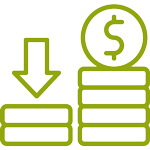
Cost Reduction
Significant savings by reducing manual labor and minimizing errors.
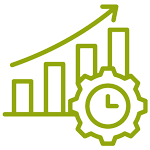
Efficiency and Productivity
Faster processing times and the ability to handle high volumes of work.
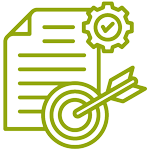
Accuracy and Compliance
Improved accuracy in tasks and adherence to regulatory requirements.
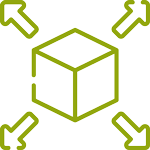
Scalability
Easy to scale operations to meet business needs without proportional increases in costs.






